They’re small. They’re relentless. And they’re draining the planet one bite, sting, or chew at a time.
While the world watches big predators, these six-legged villains are waging silent wars—on crops, forests, homes, and entire economies.
They don’t need fangs or roars.
Just wings, numbers, and an appetite for destruction.
From beetles that turn trees into kindling to mosquitoes rewriting the rules of global health, these bugs are not just a nuisance.
They’re billion-dollar disasters in disguise.
And they’re spreading—fast.
Get ready to meet the insects that governments fear, farmers dread, and scientists can barely contain.
Because the biggest threat to your backyard might be smaller than your fingernail.
Emerald Ash Borer
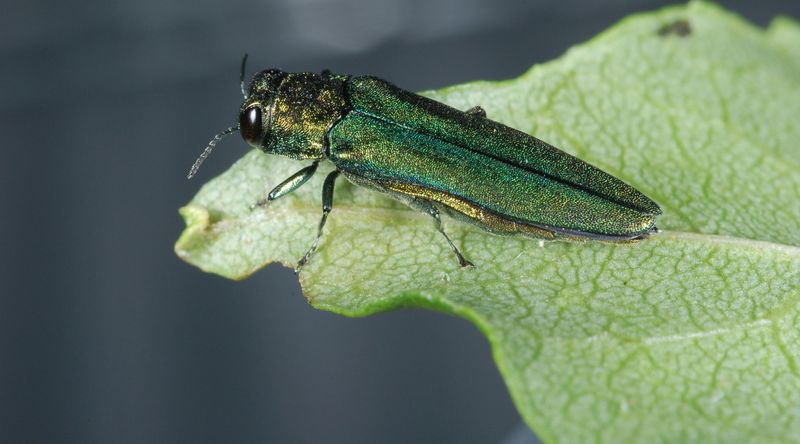
This brightly-colored beetle has devastated ash trees across North America. Its larvae feed under the tree’s bark, disrupting nutrient flow and eventually killing it. Since its accidental introduction from Asia, it has killed millions of ash trees, leading to billions in economic loss. Efforts to control its spread have mostly involved quarantine and chemical treatments.
Despite these efforts, urban forests and native ecosystems are at risk. The beetle’s ability to spread quickly makes it a significant threat. The costs associated with tree removal and replacement add to its financial burden.
Asian Citrus Psyllid
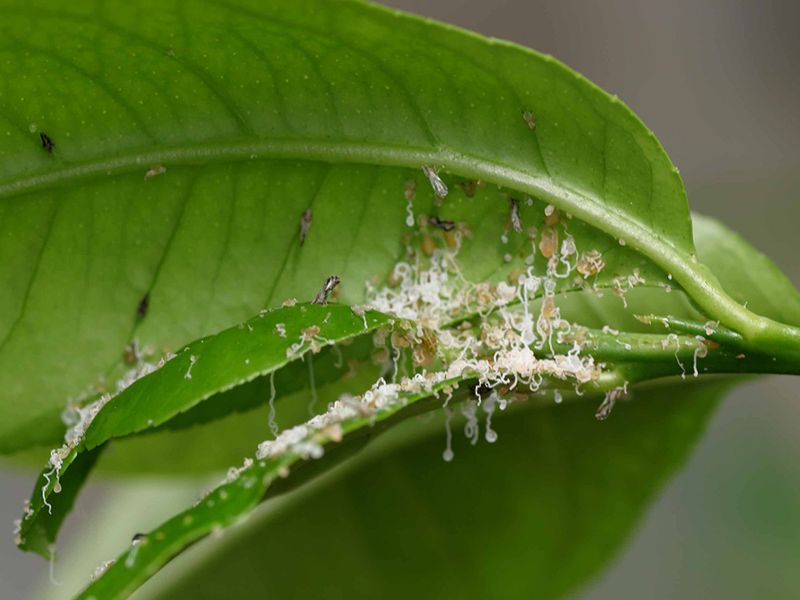
This tiny insect is responsible for spreading huanglongbing, or citrus greening, a disease that devastates citrus crops. Once a tree is infected, it cannot be cured, leading to reduced fruit production and eventual tree death. Originally from Asia, it has spread to parts of the Americas, including the U.S.
The economic impact on the citrus industry has been severe, with losses in the billions. Efforts to manage the psyllid include biological control and pesticide use. The spread of this pest continues to challenge growers worldwide.
Fall Armyworm
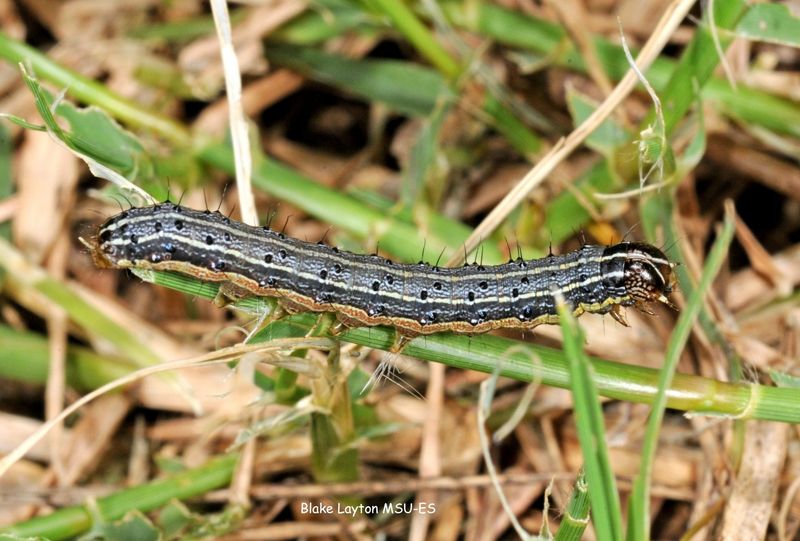
Known for its voracious appetite, the fall armyworm is a major pest for crops like corn, rice, and soybeans. Native to the Americas, it has spread to Africa and Asia, causing severe crop damage. This pest can lead to yield loss and increased production costs.
Farmers combat armyworms using insecticides, but resistance is growing. The economic impact is profound, with billions in potential losses. Its rapid spread and adaptability make it a formidable foe for global agriculture.
Countries affected by this pest are investing in research for sustainable management solutions.
Brown Marmorated Stink Bug
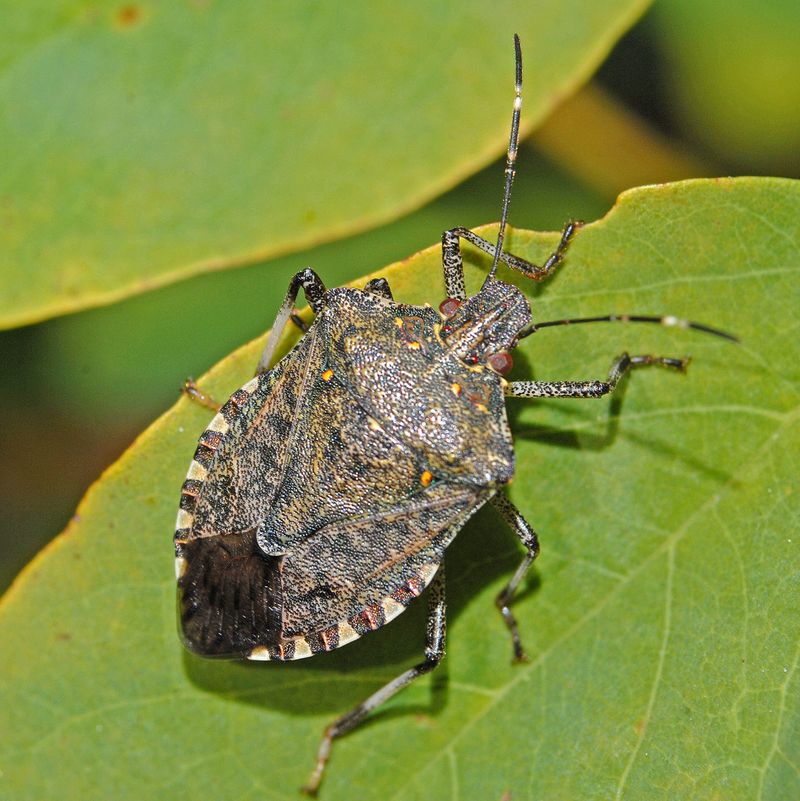
Introduced from Asia, this stink bug has become a pest for farmers in the U.S., Europe, and beyond. It feeds on a variety of crops, including fruits and vegetables, causing significant damage. The bug’s ability to overwinter in homes adds to its nuisance factor.
Farmers face increased costs as they attempt to manage this pest with chemical controls. The bug’s resistance and adaptability pose ongoing challenges. Economic losses in affected areas continue to rise, highlighting the need for effective integrated pest management strategies.
Red Palm Weevil
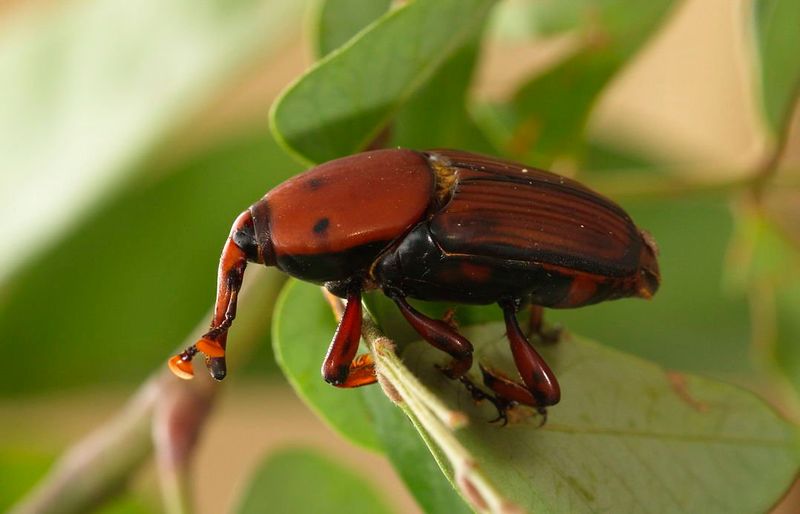
The red palm weevil is a major pest of palm trees, particularly in the Middle East, Africa, and parts of Asia. It burrows into the trunk, weakening the tree and eventually causing it to collapse. Economic losses are substantial in affected regions, impacting both agriculture and tourism.
Efforts to control the weevil include pheromone traps and biological agents. Despite these measures, the insect’s spread continues, threatening palm cultivation on a global scale. As palm trees are integral to many landscapes, the weevil’s impact is both economic and environmental.
Spotted Lanternfly
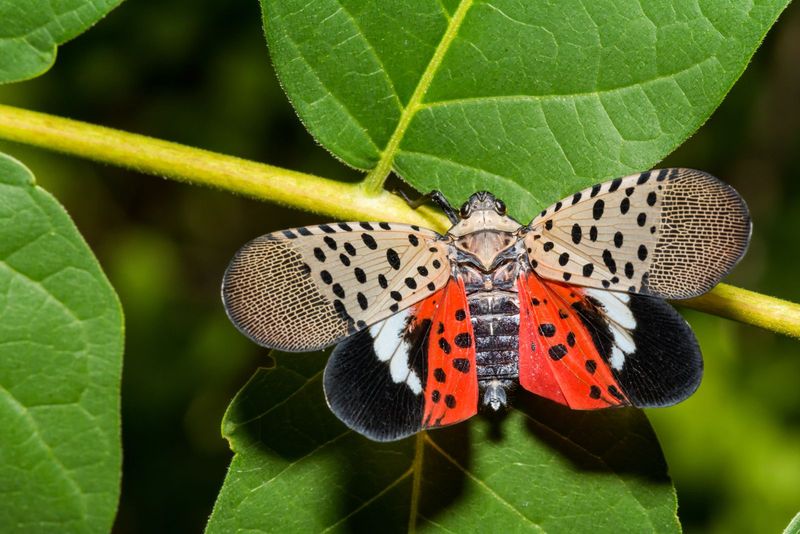
The spotted lanternfly is a striking insect that primarily feeds on tree-of-heaven but also attacks a wide range of fruit and hardwood trees. Native to Asia, it has established itself in parts of the U.S., where it poses a significant threat to vineyards and orchards.
Efforts to contain its spread include public awareness campaigns and quarantine measures. The economic impact is severe, particularly for growers of grapes, apples, and hardwoods. As it spreads, the demand for innovative control methods grows, with research focused on sustainable solutions.
Desert Locust
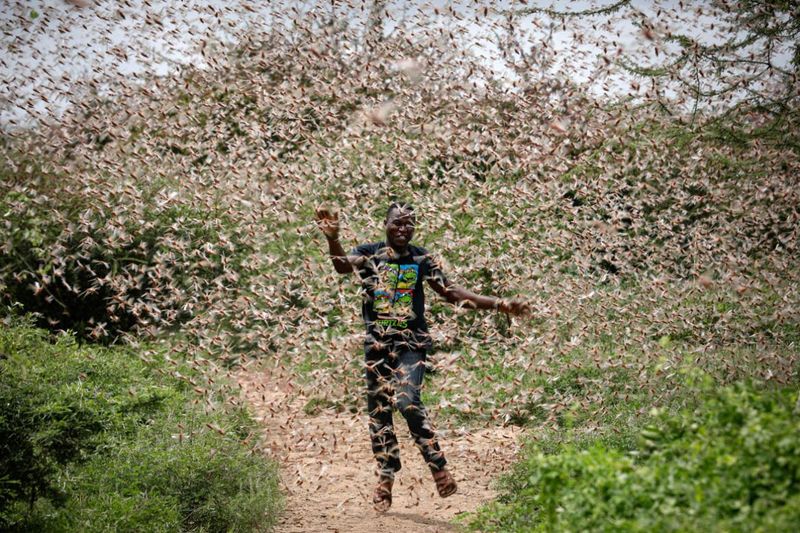
Desert locusts are notorious for their swarming behavior, devouring crops and vegetation in their path. Found in Africa, the Middle East, and South Asia, these insects can travel great distances. A single swarm can cover hundreds of square kilometers, consuming as much food as thousands of people.
Locust plagues result in severe food shortages and economic losses in affected regions. Control efforts include aerial spraying of pesticides, but political and logistical challenges hinder progress. The locust’s impact on food security makes it a critical concern for international aid organizations and affected governments.
Pine Bark Beetle

Pine bark beetles are small but devastating pests, particularly in North America and Europe. They infest and kill pine trees, leading to large-scale forest die-offs. Climate change has exacerbated their spread by creating favorable conditions for their proliferation.
The economic impact extends beyond timber loss, affecting tourism and increasing wildfire risks. Management strategies focus on controlled burns and chemical treatments. The beetle’s ability to adapt quickly to environmental changes makes it a challenging adversary for forest management teams.
Mediterranean Fruit Fly

The Mediterranean fruit fly, or medfly, is a major agricultural pest, affecting over 200 types of fruits and vegetables. Its larvae develop inside the fruit, rendering it unmarketable. This pest has spread from Africa to the Mediterranean, Australia, and parts of the Americas.
Economic losses are significant, with strict quarantine measures implemented to prevent further spread. Control efforts include bait and sterile insect techniques. The medfly’s adaptability and ability to infest a wide range of crops make it a persistent threat to global agriculture.
Gypsy Moth

Gypsy moths are formidable defoliators, primarily affecting hardwood trees in North America and Europe. Their larvae consume vast quantities of leaves, weakening trees and leading to forest damage. This pest has been expanding its range, threatening biodiversity.
Economic impacts are felt in forestry and tourism sectors. Control measures include biological agents and aerial sprays. The moth’s adaptability and wide host range make it difficult to manage. As its range expands, the need for innovative control methods grows to protect vulnerable ecosystems and economies.
Khapra Beetle
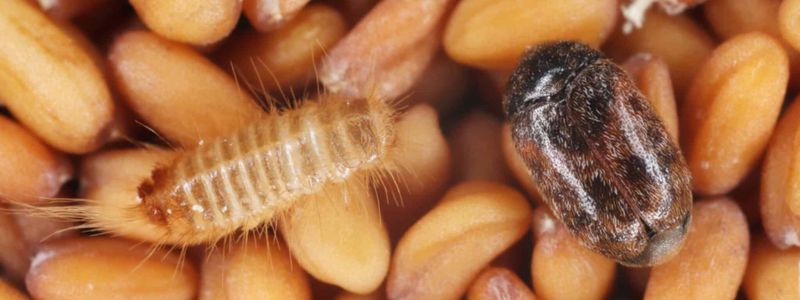
The khapra beetle is one of the most destructive pests of stored grain products. Its larvae feed on a variety of stored foods, including grains, seeds, and nuts. Native to South Asia, it has spread to other regions, creating quarantine challenges.
The economic impact is severe, with strict import regulations in place to prevent its spread. Control efforts focus on chemical treatments and improved storage practices. The beetle’s resilience and ability to survive long periods without food make it a formidable pest for global food security.
Asian Long-Horned Beetle

The Asian long-horned beetle is a wood-boring insect that attacks a variety of hardwood trees, including maple, elm, and poplar. Originating from Asia, it has spread to North America and Europe, causing significant tree loss.
Efforts to contain this pest involve tree removal and quarantine measures. The economic impact is profound, affecting urban forests and timber industries. The beetle’s ability to remain undetected inside the tree for years adds to the challenge of managing its spread.
Innovative detection and control strategies are crucial for preventing further damage.

